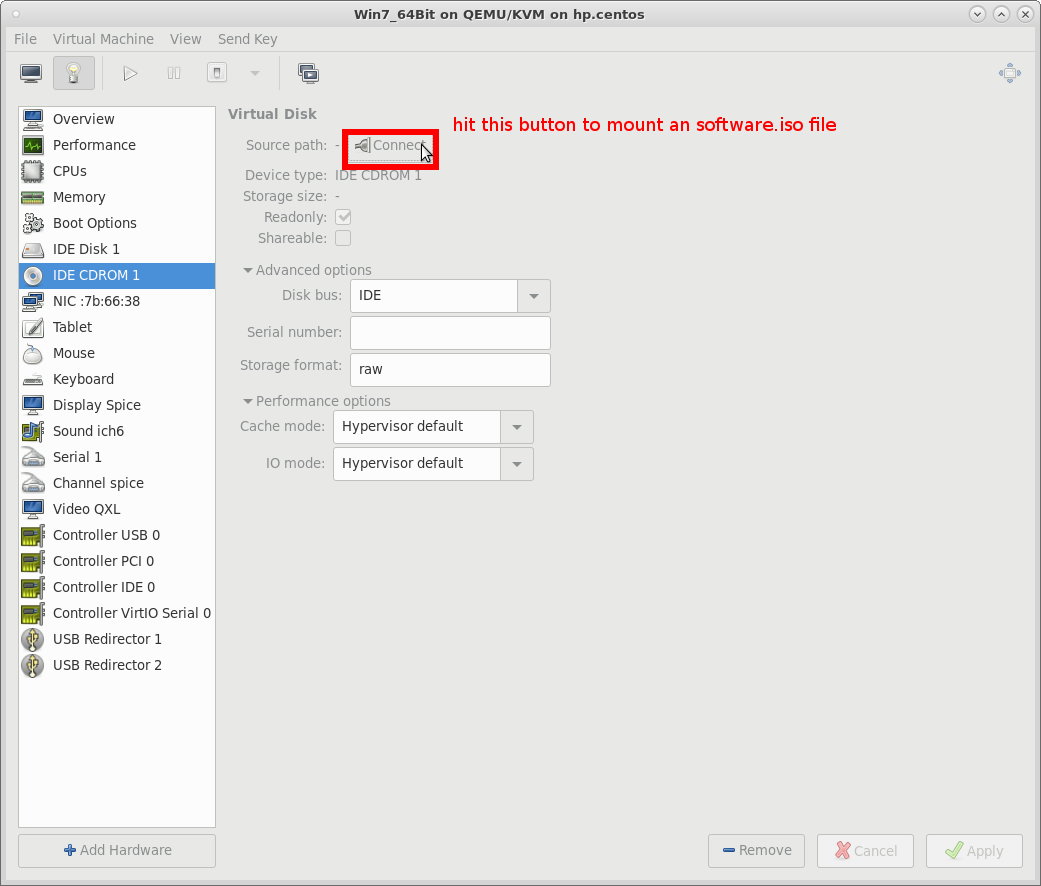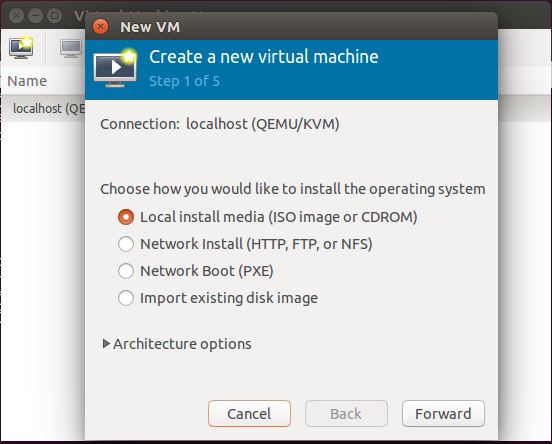
By default, libvirt comes with a preconfigured NATed network. With either configuration, you'll need to create a bridge network. In Route mode, each virtual machine gets their own public IP. In NAT mode, each virtual machine gets a private IP and communicates with the public internet via the host's public IP.

When configuring the network for your virtual machines you can choose to run in NAT mode or in Route mode. Once you're done you can verify the install is successful by running kvm-ok. $ apt install bridge-utils qemu-kvm virtinst libvirt-daemon virt-manager -y



Deploying The Server and Installing Virtualization Software You can request the IP block from our portal. Also, you will need a public /29 IPv4 block assigned to your account if you plan to route public traffic to your virtual machine. Note: This installation is completed entirely using the command line (no GUI!). We'll also show you how to expose your virtual machine to the public internet with an elastic IP.Īll of Equinix Metal's hardware can be virtualized but for this guide, we'll be deploying an Entry Level & All-Arounder server with Ubuntu 20.04 installed. Turns out booting virtual machines from scratch using the KVM hypervisor with the virtualization manager Libvirt has some gotchas! We'll dispel any of that with this guide.


 0 kommentar(er)
0 kommentar(er)
